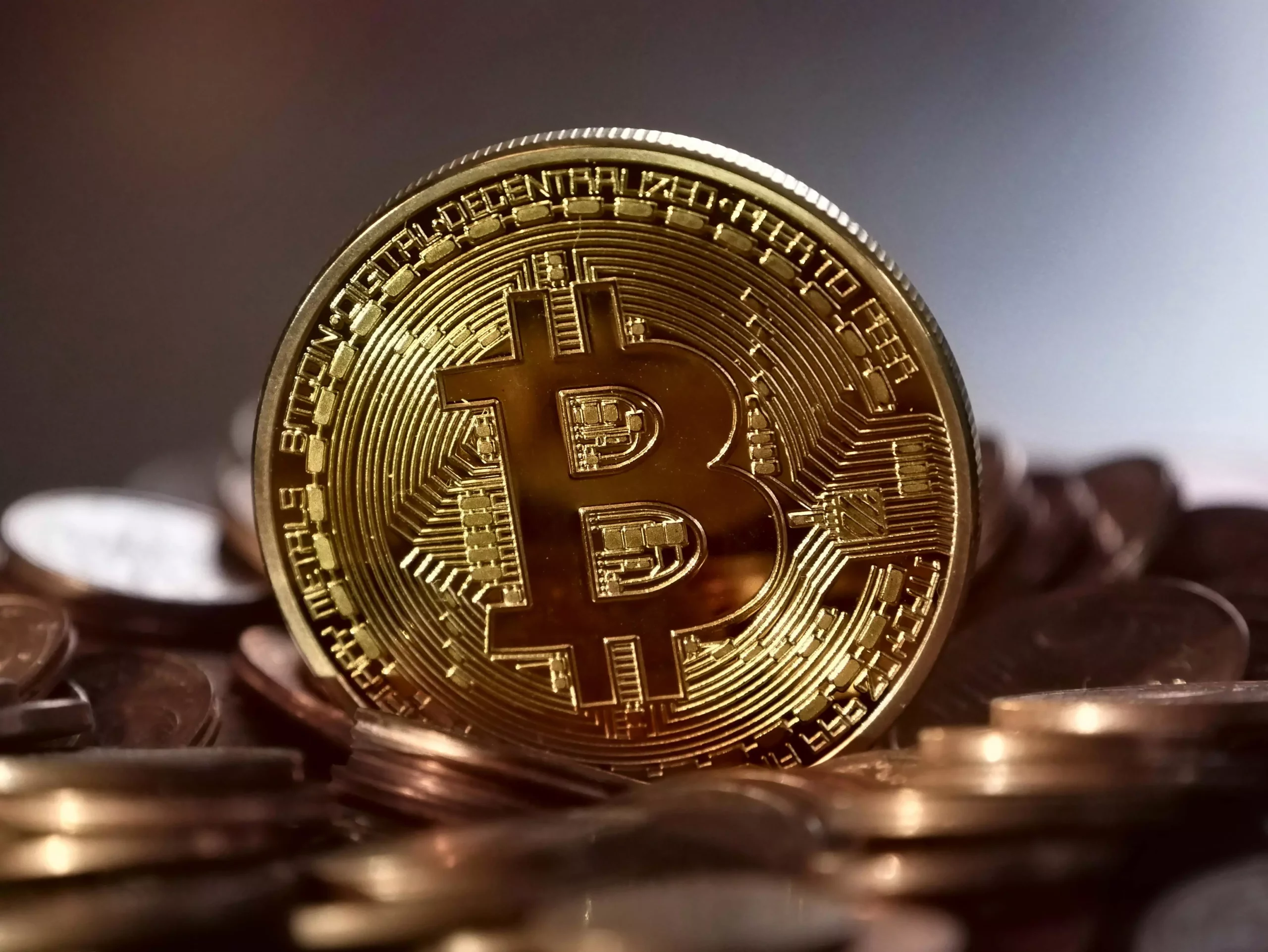In the volatile world of cryptocurrency, few assets have captured the imagination quite like Bitcoin. With the recent price surge surpassing $96,000, there’s a pervasive sense of optimism among traders and investors alike. However, this excitement should be tempered with skepticism. Historical patterns and irrational market exuberance often lead to explosive surges followed by dramatic downturns. Therefore, riding the current wave might feel euphoric, but is it truly justified or just another bubble waiting to burst?
Recent analyses from seasoned traders like Peter Brandt project a potential move towards six figures, with estimations as high as $150,000 by late summer 2025. While such predictions can invite enthusiastic speculation, they often ignore the underlying vulnerabilities that underpin Bitcoin’s appeal. Market sentiment and technical indicators might suggest an ascent, but it is absolutely critical to consider what lies beneath. Do we overlook the basic principles of supply and demand, or are we willing to disregard the lessons of past market behavior in an age where everything seems possible?
Resistance Levels: A Double-Edged Sword
The current price levels hovering around $96,000 are celebrated as a definitive breakout above crucial resistance zones, specifically between $93,000 and $95,000. However, this range also represents the psychological threshold for many investors who bought in during previous surges. The concept of investor psychology is crucial here; many individuals who are now at or near break-even may be tempted to cash in their chips, increasing sell-side pressure at the slightest hint of a downturn. Indeed, the previously esteemed “HODL” mentality — where investors retain their assets despite market fluctuations — could be tested as profit-taking becomes appealing.
Moreover, as traders like Brandt highlight key indicators such as the 111-day simple moving average, one must note that these benchmarks have oscillated before. Each time they signal “bull run,” they’re often followed by a pullback that leaves many stranded on the wrong side of the trade. The tuning in of technical analysis should serve as a cautionary note rather than a green flag for unbridled enthusiasm.
Accumulation Phases and Long-term Holders: A Risky Behaviors
The current market structure reflects a potentially dangerous shift into what Brandt deems an “aggressive accumulation phase.” On-chain metrics suggest that while long-term holders show resilience, new dynamics should raise eyebrows. A staggering figure indicates that over 254,000 BTC crossed a 155-day threshold since the last local bottom. While this number is indeed impressive, it holds intrinsic risks. As more coins transition into long-term holds at prices above $95,000, a future pullback could trigger panic sales, leading to volatility impacting all holders negatively.
It’s essential to examine whether optimism around Bitcoin merely masks the underlying reality that any uptick can just as easily turn into a market-wide bloodbath. The high realized profits of many experienced traders may lead to a false sense of security — one that could engulf the unprepared into a frenzied sell-off at the first sign of trouble.
Market Dynamics: Questioning the Assumptions
The allure of Bitcoin’s trajectory towards the coveted $150,000 is tantalizing, but it ultimately poses numerous questions about the market’s foundations. In an era where Bitcoin often acts as a hedge against traditional economic instability, potential catalysts such as regulatory scrutiny or technological failures could decimate price levels.
Additionally, the phenomenon of FOMO — fear of missing out — can drive irrational trading behaviors that, while temporarily lucrative, frequently lead to market corrections. So, while some traders may revel in the surging prices, those who take a more measured approach might question the long-term sustainability of such moves in a highly unpredictable market.
In light of all this, it is critical to embrace a sense of judicious caution. Bitcoin’s price may reflect optimism today, but the landscape remains rife with uncertainty and risks that could turn the market upside down. Investors would do well to remember: The thrill of a price surge can sometimes be nothing more than a mirage in a desert of volatility.

